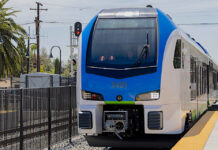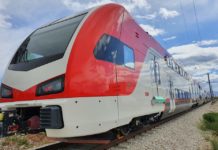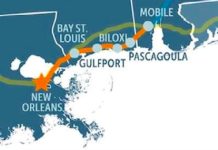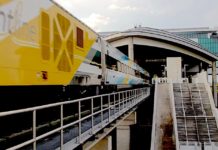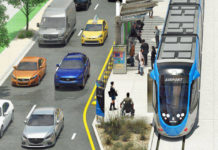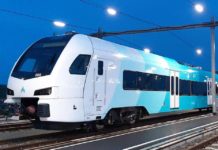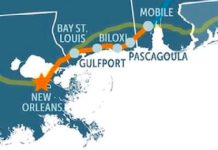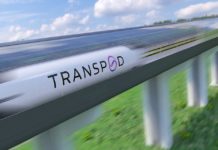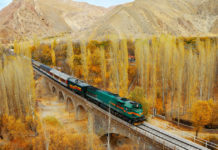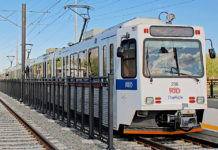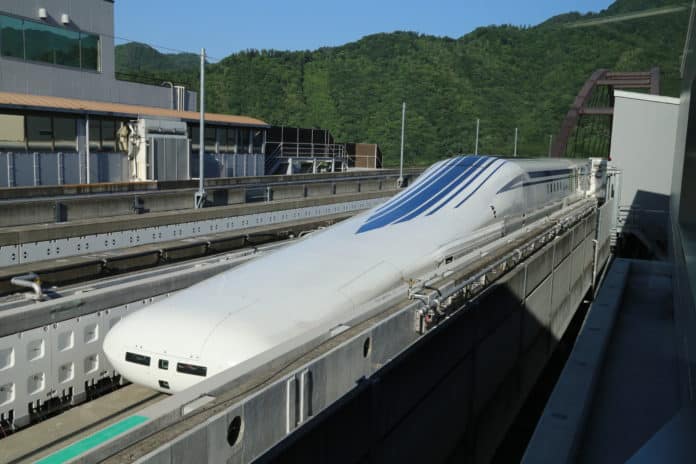
Japan’s new bullet train faces environmental concerns
Once it becomes operational, Japan’s Maglev Chuo Shinkansen will be the world’s fastest bullet train. The test run conducted in 2015 has already set a world record at 374 mph (603 kph). The train line, planned to link Tokyo, Nagoya, and Osaka, is expected to be partially operational in 2027, although there may be some obstacles ahead. Permission to construct a project tunnel has been denied by Shizuoka Prefecture over concerns about impacts on local water supply. [interestingengineering.com]
This driverless tram design from Hong Kong may be perfect for post-covid transport
New public transportation design concepts out of Hong Kong are looking past the coronavirus with safe and innovative solutions that look as cool as they are functional. A sleek new double-decker tram concept, called the Island, would be completely driverless, featuring a touchless entry and exit as well outward-facing circular benches to minimize contact between passengers. The tram’s spacious interior facilitate social distancing and the curved windows on all sides ensure the views will be spectacular day or night. [travelandleisure.com]
The subway of the future has stations on the surface
The grand dame of urban public transit is the subway train, also known as heavy rail transit. With dedicated tunnels, subways can provide rapid transit for large crowds free from the congestion and barriers of the surface. Even today, the most modern new subways are built to almost the same design as the oldest subways from over 100 years ago. While the big revolution in transportation will take place on the surface with robocars (and who knows, perhaps with e-VTOL flyers) there is still a lot to be done to improve what’s underground. [forbes.com]

